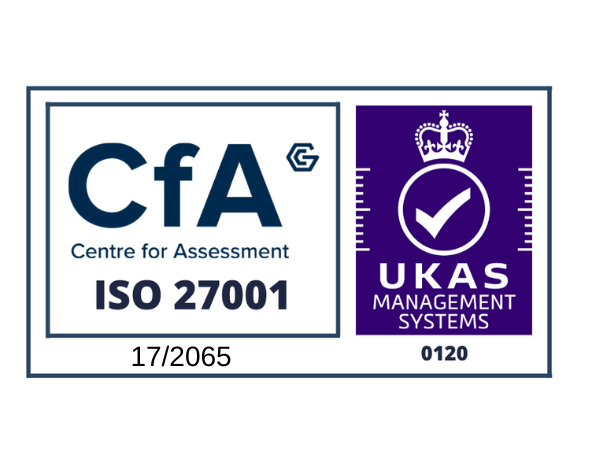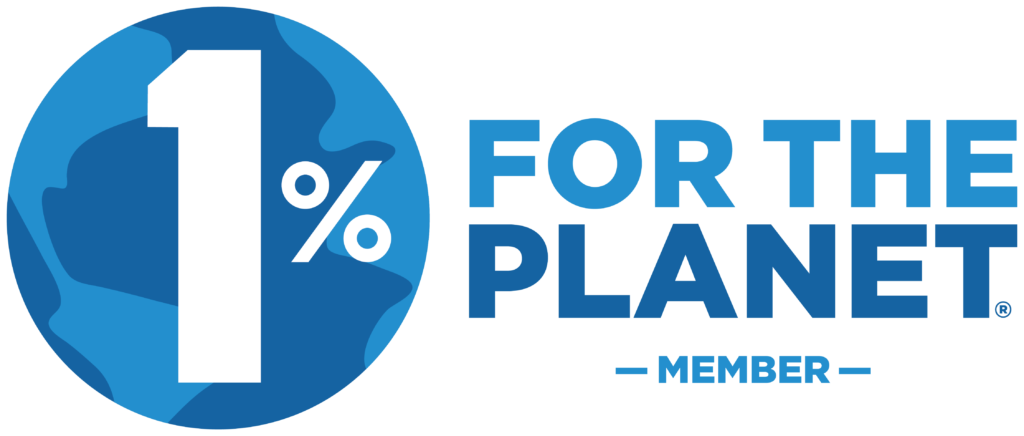Hostile takeovers are dramatic, high-stakes events in the business world, marked by aggressive strategies and boardroom battles. These takeovers occur when an acquiring company seeks to gain control of a target company against the wishes of the target’s management and board of directors. Let’s delve into some of the biggest hostile takeovers in history, each of which has left a significant mark on the corporate landscape.
1. Kraft Foods and Cadbury (2009)
The acquisition of Cadbury by Kraft Foods is one of the most famous hostile takeovers in recent history. Kraft’s pursuit of Cadbury began in September 2009 with an unsolicited bid of $16.7 billion, which Cadbury promptly rejected, calling it “derisory.” Kraft were persistent however, and the takeover battle became increasingly public and heated.
Despite Cadbury’s resistance and attempts to rally support from shareholders and the public, Kraft succeeded by sweetening its offer to $19.6 billion. By January 2010, Cadbury’s shareholders accepted Kraft’s offer. This takeover was significant not just for its size but also for the controversy it sparked in the UK, with concerns over job losses and the loss of a beloved British brand to a foreign company.
2. InBev and Anheuser-Busch (2008)
InBev’s acquisition of Anheuser-Busch, the American beer giant known for brands like Budweiser, was another notable hostile takeover. In 2008, InBev, a Belgian-Brazilian brewing company, made an unsolicited bid of $46 billion for Anheuser-Busch.
Anheuser-Busch initially resisted the offer, employing various defense tactics and seeking to present itself as a stronger, independent entity. However, InBev’s persistence and a raised offer of $52 billion eventually won over Anheuser-Busch’s shareholders. This takeover created the world’s largest brewer, now known as Anheuser-Busch InBev (AB InBev), highlighting how persistence and strategic financial incentives can overcome initial resistance.
3. Sanofi-Aventis and Genzyme (2010)
The biotechnology sector saw its own major hostile takeover when French pharmaceutical giant Sanofi-Aventis targeted American biotech company Genzyme. In 2010, Sanofi-Aventis made an unsolicited bid of $18.5 billion for Genzyme, which the latter rejected, citing undervaluation.
Sanofi-Aventis increased its offer to $20.1 billion and took its bid directly to Genzyme’s shareholders. The acquisition was finalized in April 2011 for around $20.1 billion. This takeover underscored the importance of strategic acquisitions in the pharmaceutical industry, where obtaining innovative biotech firms can significantly enhance a company’s product portfolio and market position.
4. Vodafone and Mannesmann (1999)
The hostile takeover of Mannesmann by Vodafone remains one of the largest and most contentious in history. In 1999, British telecom giant Vodafone launched an unsolicited bid for German industrial conglomerate Mannesmann. The initial offer was valued at $106 billion, but Mannesmann’s management fiercely resisted, arguing that the bid undervalued the company.
The takeover battle attracted significant media attention and became a matter of national pride in Germany. However, after intense negotiations and an increased bid of $183 billion, Vodafone successfully acquired Mannesmann in 2000. This acquisition not only marked the largest takeover in history at the time but also signaled a major consolidation in the global telecommunications industry.
5. Oracle and PeopleSoft (2003)
The software industry witnessed a major hostile takeover when Oracle targeted PeopleSoft, a rival enterprise software company. In June 2003, Oracle made an unsolicited bid of $5.1 billion, which PeopleSoft’s board swiftly rejected. Oracle persisted, launching a series of higher bids and a prolonged legal battle.
The takeover became increasingly hostile, with PeopleSoft employing various defense strategies, including a poison pill provision and seeking regulatory intervention. After 18 months of legal and corporate maneuvering, Oracle raised its bid to $10.3 billion, and PeopleSoft’s shareholders finally accepted the offer in December 2004. This acquisition was pivotal for Oracle, strengthening its position in the enterprise software market.
6. AstraZeneca and Pfizer (2014)
In 2014, American pharmaceutical giant Pfizer launched an unsolicited bid to acquire British-Swedish drugmaker AstraZeneca. Pfizer’s initial offer was valued at $98.7 billion, which AstraZeneca’s board rejected, citing concerns over undervaluation and the impact on its research and development capabilities.
Pfizer increased its offer to $106 billion, but AstraZeneca remained resolute in its rejection, arguing that the offer still undervalued the company’s potential. Despite Pfizer’s persistence, the takeover attempt ultimately failed, highlighting that not all hostile takeovers are successful and that strong resistance from a target company’s management can sometimes prevail.
7. RJR Nabisco and KKR (1988)
One of the most dramatic and high-profile hostile takeovers occurred in 1988, when private equity firm Kohlberg Kravis Roberts & Co. (KKR) acquired RJR Nabisco. The initial bid for the tobacco and food conglomerate came from RJR Nabisco’s own management, led by CEO F. Ross Johnson, who proposed a leveraged buyout (LBO) valued at $17.6 billion.
KKR entered the fray with a higher bid, sparking a fierce bidding war. The battle became the subject of intense media scrutiny and was later immortalized in the book “Barbarians at the Gate.” Ultimately, KKR won with a bid of $25 billion, making it the largest LBO at the time. This takeover exemplified the era’s corporate raiding culture and the aggressive strategies employed in hostile takeovers.
8. Air Products and Chemicals and Airgas (2010)
In 2010, industrial gas supplier Air Products and Chemicals launched a hostile bid to acquire competitor Airgas. Air Products’ initial offer of $5.1 billion was rejected by Airgas, leading to a protracted and acrimonious battle.
Air Products increased its bid multiple times, reaching $5.9 billion, but Airgas continued to resist, arguing that the offers undervalued the company. The takeover battle included legal challenges and a proxy fight, where Air Products sought to replace Airgas’s board. Ultimately, in 2011, Air Products withdrew its bid, making this one of the notable examples of a failed hostile takeover.
9. Mittal Steel and Arcelor (2006)
The steel industry saw its largest hostile takeover when Mittal Steel targeted Arcelor, a European steelmaker, in 2006. Mittal Steel’s initial unsolicited bid of $23 billion was met with strong resistance from Arcelor’s management and board, who argued that the offer undervalued the company.
Mittal Steel increased its offer to $33 billion and launched an aggressive campaign to win over Arcelor’s shareholders. After months of intense negotiations and strategic moves, Mittal Steel succeeded in acquiring Arcelor, creating ArcelorMittal, the world’s largest steel producer. This takeover highlighted the significant consolidation trends in the global steel industry.
10. HP and Compaq (2001)
The hostile takeover attempt by Hewlett-Packard (HP) to acquire Compaq in 2001 was a contentious and divisive process. HP’s board initially resisted the merger, and the proposed $25 billion deal faced strong opposition from some of HP’s major shareholders, including members of the founding Hewlett and Packard families.
Despite the internal strife and public controversy, HP’s then-CEO Carly Fiorina pushed the deal forward. After a heated proxy battle and shareholder vote, HP succeeded in acquiring Compaq. This merger aimed to position HP as a stronger competitor against Dell and IBM in the personal computer market, though it remained controversial due to differing opinions on its strategic value.
Hostile takeovers are complex, high-stakes events that often reshape industries and redefine corporate strategies. From Kraft’s acquisition of Cadbury to Vodafone’s takeover of Mannesmann, these aggressive bids involve intricate financial maneuvers, legal battles, and boardroom drama. While some hostile takeovers result in successful mergers that can create industry giants, others fail or leave lingering controversy. Understanding these historic takeovers provides valuable insights into the dynamics of corporate power plays and the ever-evolving business landscape.






